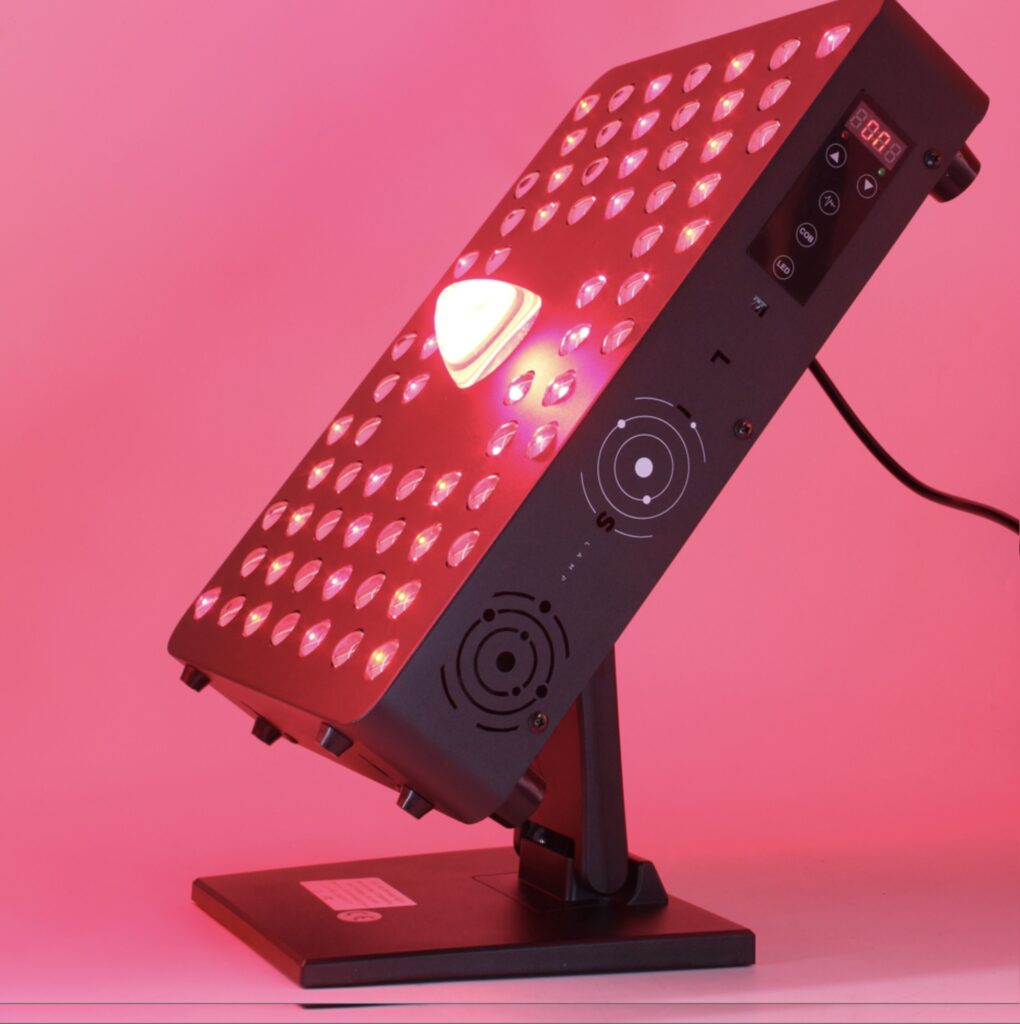
Photobiomodulation: the light revolution for wellness and regeneration
In recent years the photobiomodulation has emerged as one of the most promising techniques in the field of regenerative medicine and well-being. This is not a passing fad, but a a scientifically researched therapy which exploits light-specifically the red and near-infrared-To stimulate the deeper biological processes of our body.
The goal is simple How extraordinary: help cells function better, promoting regeneration, recovery, and physiological rebalancing. It is a noninvasive technology that works from within, without drugs or complex interventions, and is finding application in increasingly broad areas: from skin health to mitochondrial support, from reducing inflammation to improving vision.
How does photobiomodulation work?
To truly understand the photobiomodulation, we need to look at the heart of our cells: the mitochondria.
They are the "power plants" that transform nutrients and oxygen into ATP, The molecule that fuels all vital activity.
The red and infrared light It penetrates tissues and is taken up by specific cellular chromophores (particularly cytochrome c oxidase). This triggers a chain of effects that enhance mitochondrial activity and improve cellular metabolism.
In practice, photobiomodulation acts as a natural recharge, with benefits resulting in:
- Increased ATP production, thus more energy available to the cells.
- Reduction of oxidative stress, with a better balance between free radicals and antioxidant defenses.
- Improved tissue oxygenation, due to vasodilation and more efficient blood flow.
- Modulation of inflammation, useful in both acute and chronic conditions.
- Stimulation of cell repair and growth, with visible effects in tissue regeneration.
The proven benefits of photobiomodulation
Clinical studies of this therapy have shown a variety of positive effects that make photobiomodulation an extremely versatile tool.
Here are the main areas of application, explained in more detail:
- Cell regeneration and anti-aging
Light stimulates collagen and elastin production, improving skin tone and elasticity. This results in firmer, brighter skin with less visible wrinkles. - Reduction of inflammation and pain
Many patients with arthritis, tendonitis, or chronic pain have experienced symptom relief. Photobiomodulation is also useful after intense workouts, accelerating muscle recovery. - Tissue healing
Wounds, burns, and skin injuries can benefit from faster and more complete healing by stimulating cell proliferation. - Mitochondrial energy
By increasing ATP production, the body becomes more efficient: fatigue is reduced, vitality is improved, and overall performance is sustained. - Immune system and general well-being
Some studies indicate a positive effect on immune balance, with an increased ability of the body to respond to stress and infection. - Eye health
Wavelengths in the deep red have been shown to be useful in improving retinal function in people over 40, counteracting age-related visual decline.
Why is photobiomodulation so well studied?
Unlike many conventional therapies, photobiomodulation does not employ drugs or invasive procedures. Its strength lies in its respect for natural biological mechanisms: instead of forcing the body, it stimulates it to regain its balance.
A key concept is that of optimal dose:
- Doses that are too low may not produce obvious benefits.
- Doses that are too high can have the opposite effect, reducing results.
For this reason, the scientific community is carefully studying parameters such as wavelength, power, exposure time and frequency of sessions in order to establish increasingly effective and safe protocols.
Precautions to consider
Photobiomodulation is considered safe, but there are some guidelines to follow:
- It does not replace medical treatment in cases of serious illness.
- It is not recommended without supervision on active tumors or photosensitive conditions.
- The results are not immediate; the benefits build over time with regular use.
Conclusion
Photobiomodulation Is not simply "light therapy." It is an approach that combines science, technology and biology to naturally improve the body's vital processes.
Cell regeneration, reduced inflammation, increased mitochondrial energy: these are just some of the reasons why the scientific community continues to study it and why more and more people are choosing it as part of their wellness journey.
Photobiomodulation represents a concrete frontier in regenerative medicine and an opportunity to take care of oneself in a safe, natural and scientifically based way.
Have you tried it yet? Are you going to try it? Let me know!


I have decided to buy it, now I have to figure out which purchase is right for me..I think in the end I will opt for the Neptune....
Good choice
Can photobiomodulation be useful for those with osteoporosis?
certainly
I bought the Pluto three days ago. I am using it at 10 Hz for acute low back pain. At the moment I don't notice any improvement even though it is claiming too much. I like the lamp very much. It is made very well. I hope to have results soon. I have full confidence in this treatment. I will be patient and persistent. Thank you. See you soon. I will keep you updated. Regards
Very kind Denis, I recommend you use it at least at 50 Herz for five or six minutes three times a day for pain
Thank you very much for the suggestion. I will take care of it right away. Regards
Dear Doctor,
Could this tool also help relieve cramps on menstruation days?
Good morning I can't find the details of the lamp models cost and features can you help me?
Dear Rita, just go to the Red Therapy website (www.red-therapy.com) and find all the features!
Dearly beloved, is it possible to have a phone contact of red therapy so that someone experienced can guide me in choosing the best lamp according to my needs?
Which lamp is most suitable for osteoporosis?
Is it suitable for a 14-year-old sportswoman who swims every day 3 hours a day? In addition to competitions and all other study commitments
Is it suitable for a 14-year-old sportswoman who swims 3 hours every day ? And suffering from acne also ... how is it used in her case ? Better with or without creams /makeup ...? which model is recommended? thanks